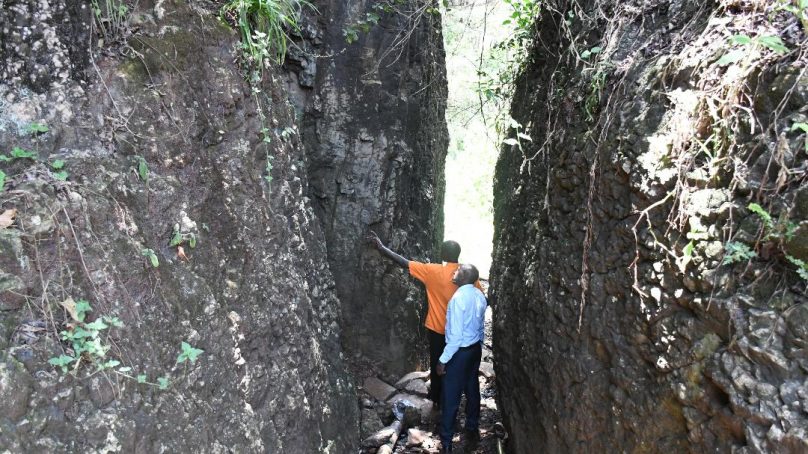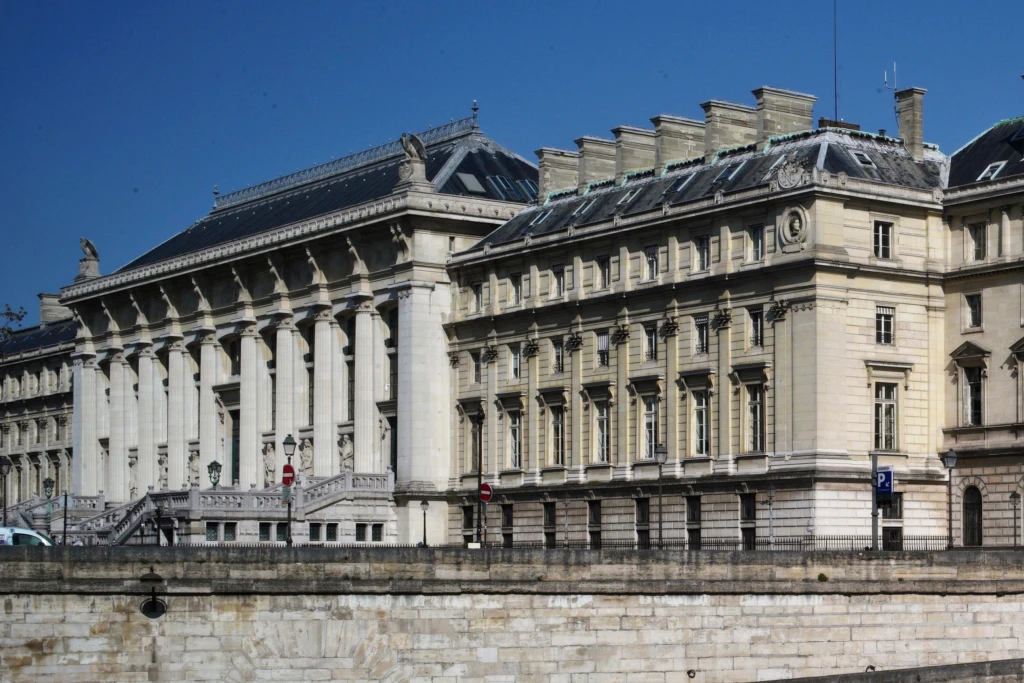
After the Nandi resistance of 1895-1906, the Mau Mau Uprising of 1952-1960 was the second fiercest rebellion to ever stage against the British colonial rule in Kenya.
It was a revolt that pitted the British colonialists against the Gikuyu, Meru and Embu communities. While the locals were fighting to reclaim their freedom and land, the British settlers wanted to stamp their authority over the colony by containing the rebellion.
According to Mau Mau historian Anthony Maina, for more than seven years, the Mau Mau rebels staged a fierce fight in Mount Kenya and the Aberdare that brought out their determination to attain freedom. It also brought out the horrific side of colonialism. More than 60 years down the line, the history of the struggle is now frozen in time in the numerous Mau Mau sites scattered throughout the central region.
Mau Mau flag-post
History has it that on July 26, 1952, Jomo Kenyatta held a rally in Ruring’u, Nyeri County, where he reminded the locals that “the tree of independence is watered by blood but not water.”
That proclamation, Maina says, motivated those in attendance to agitate for freedom and that is when they started trooping into the forest. Three months after that meeting, Kenyatta was arrested and detained. Three months later on October 20, 1952, the state of emergency was declared.
The very spot where Kenyatta stood while making that proclamation is what is today known as the Mau Mau flagpost. It is at this very spot that the Mau Mau later converged in 1963 and surrendered their arms at the end of the uprising.
Colonial villages
The first symbols of oppression, Maina says, was the establishment of the over 800 colonial villages by the colonial government in central Kenya in 1952, where more than 80,000 locals were forcibly huddled into the congested villages. As the epicentre of the uprising, Nyeri got the highest number of colonial villages estimated at around 220 to 260.
The villages were heavily fortified with deep trenches, wooden spikes and razor sharp barbed wire that was meant to cut off any link between the Mau Mau fighters in the forest and the women and the elderly that had been confined to the villages. It was here that locals were subjected to humiliation and abuse from the colonialists with imposed curfews, physical violence, sexual abuse and forced labour.
“Those who were left behind when the uprising started bore the biggest brunt of the repression because it was presumed that they were helping the Mau Mau with food, clothes, medicine and intelligence. So, the government thought it wise to put these people into colonial villages so that they could conquer the Mau Mau,” Maina narrates.
Accounts of survivors detail how at the end of a day spent slaving away for the white man, colonial villagers would be given an hour to fend for food from the neighbouring farms. A whistle would be blown at the lapse of the one hour and those who did not make it back to the village in time would be killed.
Detention camps
When the State of Emergency was declared in 1952, both the Mau Mau freedom fighters and the British colonialists had estimated that the uprising would take a few months. But by the end of that year, arrests and detention by the colonialists had become part and parcel of the modus operandi of the British colonialists.
In Maina’s estimation, there were more than 30 detention camps in the country. The detention camps acted as holding and screening camps for suspected Mau Mau fighters who would be arrested in Nyeri and its surroundings.
In Nyeri there were six detention camps in all but the most famous one was Mweru Works Camp in Mukurwe-ini.
Here, the colonial masters would subject the detainees to tasks such as digging trenches and pits which they would sometimes be asked to fill them up with the same soil they had dug out. They would also be asked to fetch water from the river and pour it back. However, their main work was to make bricks which would be used for the construction of additional cells in the detention camps.
Mweru Works Camp was the first detention camp to be set up in the county. It could hold up to 500 detainees. What made it stand out was a 2.5-metre by 2-metre torture chamber which acted as a solitary cell for hard-core detainees. They would be beaten and denied food for days to break their spirit.
Today, the dreaded colonial detention camp is now Mweru Boys High School.
Chinga Dam
Nestled at the heart of Othaya Constituency, Chinga Dam is arguably one of the largest water reservoirs in Nyeri County. Today the dam is used for fishing and boat riding activities. What one may not know is that the dam was constructed in the 1950s by the Mau Mau detainees from Othaya Works Camp as a punishment for resistance. The dam was built for a colonial officer who had been posted in Othaya for his leisure activities which included fishing and boat rides.
Kariba Caves
The Black River in Mathira terminates at a scenic small waterfall and a series of treacherous caves that have been named Kariba caves. The caves are neatly hidden by a canopy of trees. They form a series of intricate tunnels and numerous caverns and it is very easy for a first timer to get lost.
Maina says that the freedom fighters used to enter the caves using dangling tree roots that acted as ropes and ladders. The caves were named after General Gititi Kabutu, alias General Kariba. It was from here that the Mau Mau fighters led by Kariba launched their onslaught against the colonial soldiers. One of the most famous clashes to have taken place at the cave is the Battle of the Black River (Mbara ya rui Ruiru in Kikuyu language) where the Mau Mau fighters outmanoeuvred the colonial soldiers during the battle in the 1950s.
General Kariba was later arrested in 1954 and was charged with being in possession of a firearm and ammunition. Like many other Mau Mau generals, he was found guilty and sentenced to death on November 10, 1954. His attempt to appeal proved futile leading to his hanging on January 6, 1955.
The caves were gazetted on September 4, 2012 by the National Museums of Kenya as a national heritage site.
Mau Mau Caves
At the foot of Mount Kenya in Naro Moru lies Mau caves which served as the Mau Mau hospital. Maina says the cave could accommodate up to 500 people and it is here that injured soldiers were treated. But the cave was later bombed by the British Colonialist.
- A Tell Media / KNA report /By Wangari Mwangi and Samuel Maina







